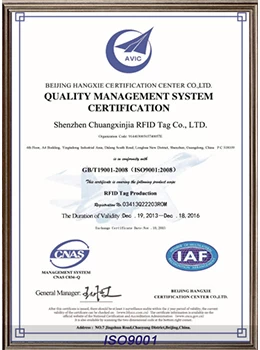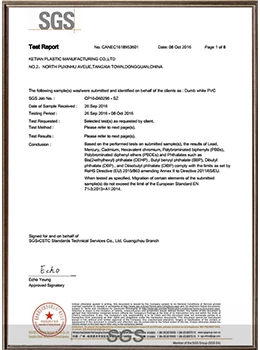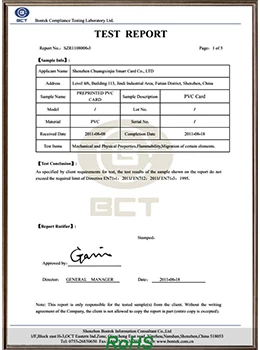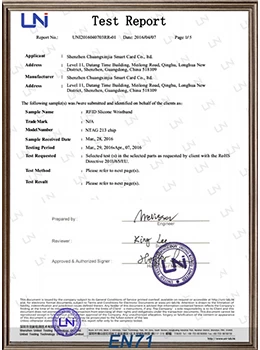13.56 MHz RFID vs. NFC: What's the Difference and Which One Should You Use?
Baron
2025-07-10 11:45:15
If you've ever used contactless payments, scanned an access card, or tapped your phone to share data, you've interacted with 13.56 MHz RFID or NFC technology. Both operate at the same frequency, but they serve different purposes. So, what sets them apart, and which one is right for your needs?
Let's break it down in simple terms.
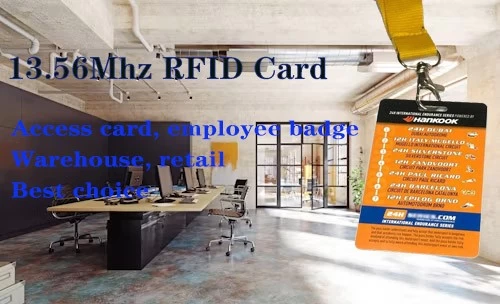
1. The Basics: RFID and NFC at 13.56 MHz
Both RFID (Radio-Frequency Identification) and NFC (Near Field Communication) use 13.56 MHz—a high-frequency (HF) band that balances good read range with decent data transfer speeds.
- RFID (13.56 MHz) is widely used for tracking and identification (e.g., inventory management, access control).
- NFC is a subset of RFID designed for short-range, two-way communication (e.g., mobile payments, smart posters).
Think of it this way:
- RFID is like a one-way radio (reader scans a tag).
- NFC is like a walkie-talkie (two devices can exchange data).
2. Key Differences: Range, Communication, and Use Cases
Communication Method
- RFID → One-way (reader scans passive tags).
- NFC → Two-way (devices can read, write, and exchange data).
Read Range
- RFID (13.56 MHz): Up to 1 meter (depends on antenna size and power).
- NFC: Max 10 cm (usually 1-4 cm for security).
Data Transfer Speed
- RFID: Optimized for quick scans (e.g., warehouse tracking).
- NFC: Slower but bidirectional (e.g., file sharing between phones).
Security
- RFID: Basic security (some encryption in high-end systems).
- NFC: Built-in secure element (used in Apple Pay, Google Wallet).
3. Pros and Cons: Which One Should You Choose?
When to Use RFID (13.56 MHz):
- Asset & Inventory Tracking (warehouses, retail)
- Access Control (keycards, employee badges)
- Longer Read Range Needed (up to 1 meter)
Limitations of RFID:
- No two-way communication
- Less secure than NFC (easier to skim in some cases)
When to Use NFC:
- Contactless Payments (Apple Pay, Google Wallet)
- Smart Devices & IoT (phone pairing, smart tags)
- Secure Data Exchange (business cards, tickets)
Limitations of NFC:
- Very short range (must be within a few centimeters)
- Slower than UHF RFID (not ideal for bulk scanning)
4. Real-World Applications
RFID (13.56 MHz) in Action:
- Library book tracking
- Hotel keycards
- Supply chain logistics
NFC in Action:
- Mobile payments (Tap-to-Pay)
- Smart posters (tap for info)
- Device pairing (Bluetooth quick connect)
5. Final Verdict: Which One Wins?
It depends on your needs!
- Need long-range scanning? → RFID
- Need secure two-way communication? → NFC
- Doing payments or smart device interactions? → NFC
- Tracking hundreds of items? → RFID
Both technologies are powerful—they just solve different problems.
Got a specific use case? Let us know in an email and we will help you choose the right technology!

